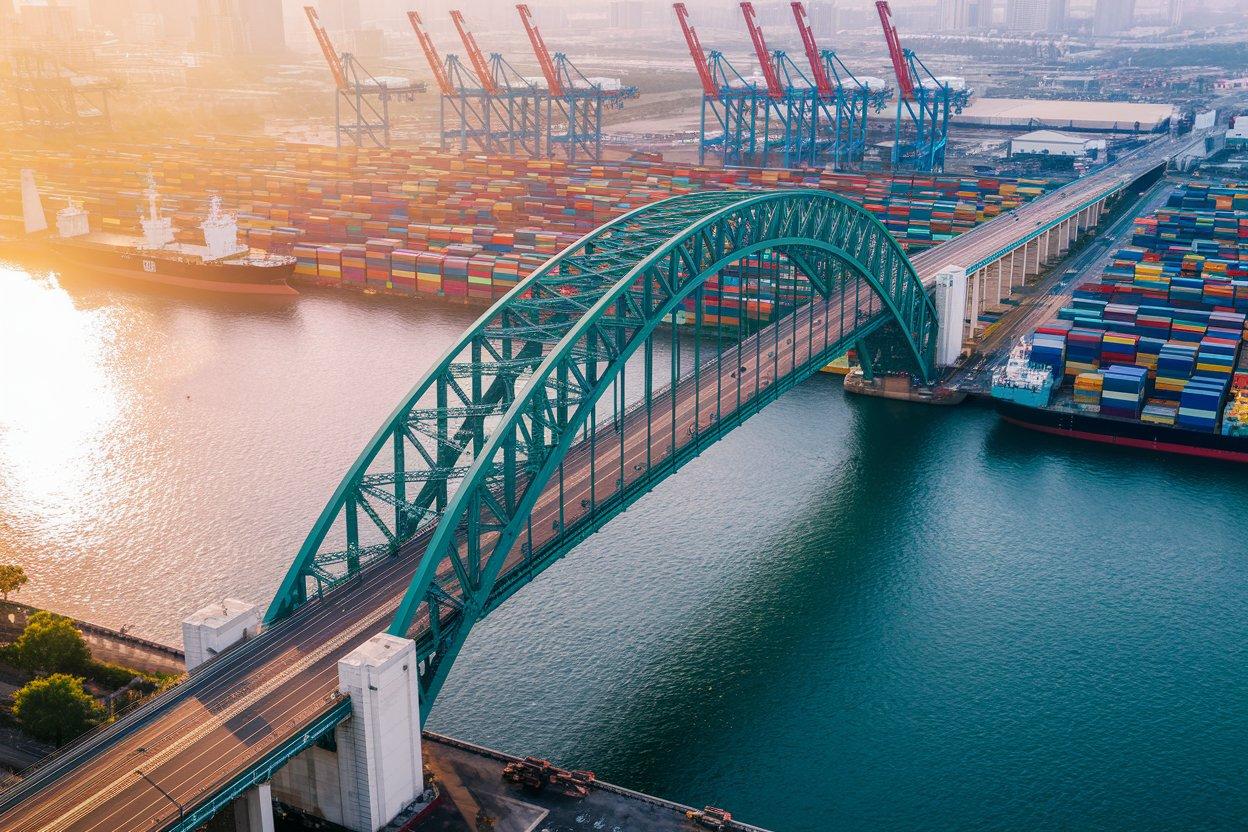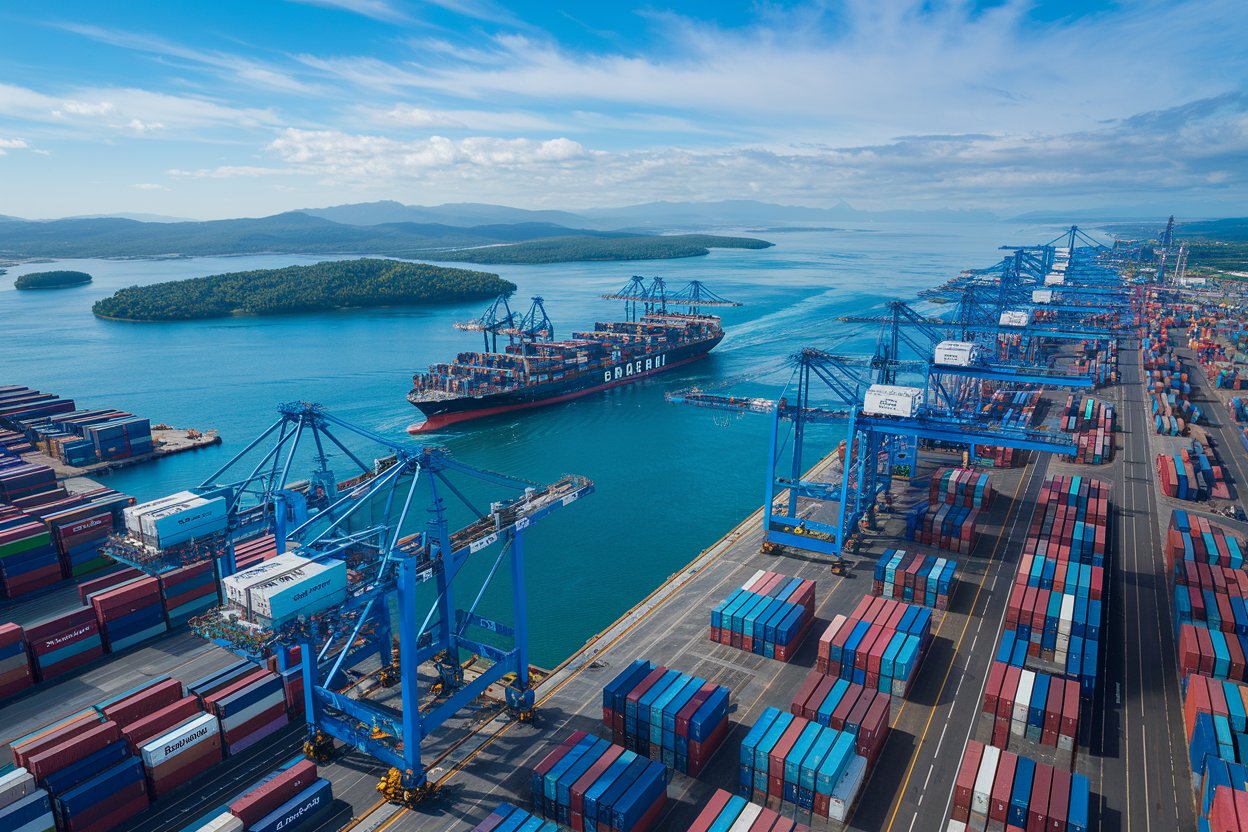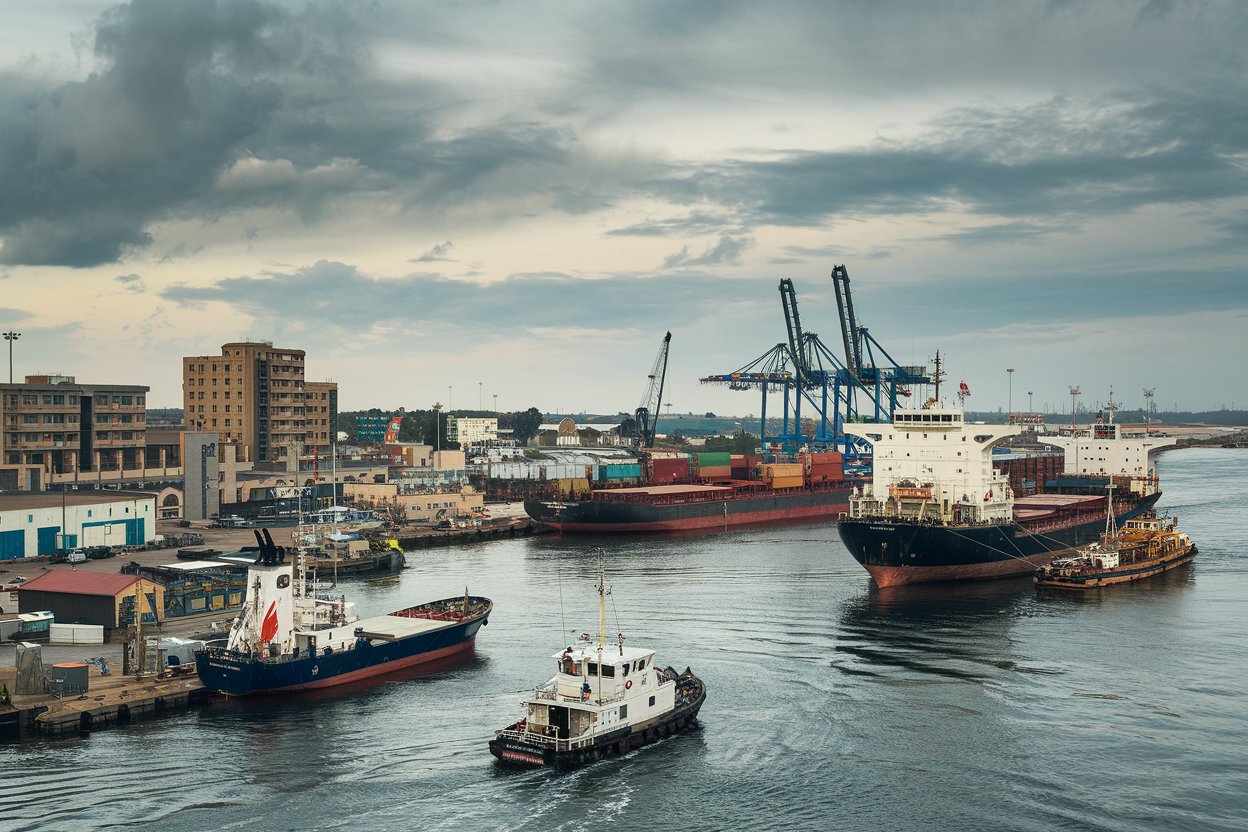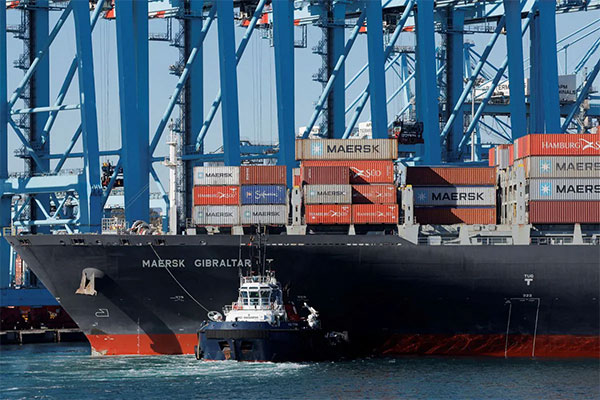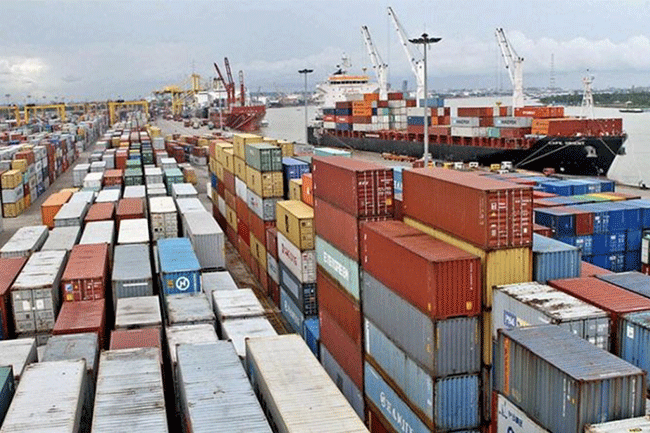- Shanghai Zhongshen International Trade Co., Ltd. - Two decades of trade agency expertise.
- Service Hotline: 139 1787 2118
Home » Customs Procedures » What documents are required for import and export agency materials? How to avoid common mistakes?

Contents
ToggleI. EntryExport RepresentationWhat essential documents are included in the basic materials?
According to the latest international trade regulations in 2025, basic materials should include:
- Trade contract: Specify trade terms (e.g., FOB/CIF), payment methods, and dispute resolution clauses
- Commercial Invoice: The HS code of the goods, transaction currency, and price terms must be included.
- Packing list: Accurate to gross/net weight, packaging specifications, and shipping mark information.
- transportation documents:Maritime TransportationBill of Lading/Air TransportationThe document must demonstrate the consignee's customs clearance qualifications.
- Declaration Elements FormStarting from 2025, new environmental attribute declaration fields will be added.
II. What additional supporting documents are required for special commodities?
Special documents are required for different categories:
- Food category:
- Certificate of Sanitary Origin (A new version of electronic sanitary certificate will be implemented in the EU in 2025)
- Test reports required by the importing country (such as U.S. FDA registration, China Customs General Administration filing).
- : MSDS Safety Data Sheet, Dangerous Goods Transportation Appraisal Report:
- MSDS Safety Data Sheet (must comply with GHS 7th Revised Edition standards)
- Hazardous Materials Transport Identification Report
- Medical Equipment:
- CE/FDA Certification Documents
- Product Registration and Filing Certificate
III. How to Avoid Common Mistakes in Material Preparation?
According to the data from the General Administration of Customs in the first quarter of 2025, 34.7% of customs declaration delays were caused by documentation issues, with the main points to note being:
- Information consistency: The contract amount and invoice deviation shall not exceed ±5%.
- HS code accuracy: It is recommended to verify using the Customs Big Data Classification System.
- Certificate Validity Period:It is recommended to verify through the following methods:The validity period is usually 1 year, while some special certificates are only valid for 6 months.
- Please translate the following Chinese into English: Translation Specifications: Non-English documents must be processed by a translation agency certified by the embassy.
IV. What are the considerations for submitting electronic materials?
By 2025, 83 countries worldwide have achieved electronic customs clearance. Special attention is required:
- The PDF file must be in a searchable text format (scanned images are not accepted).
- The electronic signature must comply with the eIDAS 2.0 specification.
- The file naming convention must comply with the customs requirements of the destination country (e.g., the 32-digit coding rule of China's Single Window).
- Blockchain notarized documents require prior hash value filing.
V. How to Choose a Reliable Agent for Handling Customs Clearance Materials?
High-quality agents should have:
- AEO Advanced Certification (Mutual recognition countries to expand to 108 globally by 2025)
- Localized professional team (familiar with the latest policies of the target country)
- Data Encryption Transmission System (Compliant with GDPR and CCPA Requirements)
- Real-time Tracking System (Capable of Monitoring the Entire Material Review Process)
VI. What are the new trends in preparing materials for international trade in 2025?
- Popularization of Intelligent Classification Systems (AI-assisted HS Code Verification)
- Requirements for Green Trade Materials:
- Carbon Footprint Certification (EU CBAM has been officially implemented)
- Circular Packaging Certification
- Global Mutual Recognition of Electronic Certificates of Origin (Comprehensively Implemented Among RCEP Member Countries)
- 3D product models have become mandatory materials for certain categories (such as precision instruments).
Related Recommendations
? 2025. All Rights Reserved. Shanghai ICP No. 2023007705-2  PSB Record: Shanghai No.31011502009912
PSB Record: Shanghai No.31011502009912
